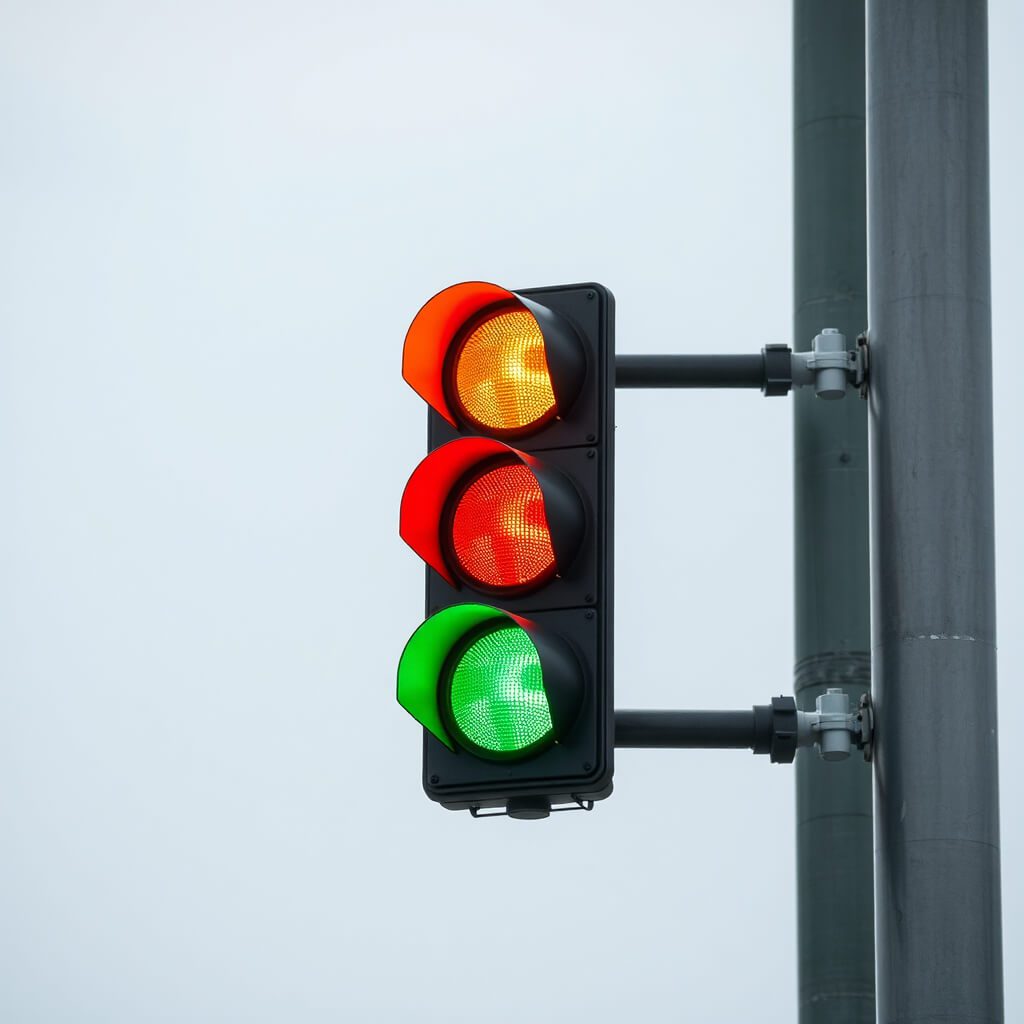Few things are more frustrating than getting caught in a fake breakout. You see a stock breaking through a key resistance level, you enter the trade expecting a big move… and then the price reverses sharply, stopping you out before heading in the opposite direction.
This common market trap, also known as a bull trap (for long trades) or a bear trap (for short trades), is used by institutional traders and market makers to shake out retail traders before the real move happens.
In this guide, we’ll break down:
- What a fake breakout is
- Why they happen
- How to identify them in real-time
- How to avoid getting trapped
- How to trade breakouts with confirmation
What Is a Fake Breakout?
A fake breakout occurs when the price temporarily moves above resistance or below support, triggering entries for traders expecting a breakout, only to reverse sharply and trap them in losing positions.
For example:
- The price breaks above a key resistance level, attracting buyers.
- Short sellers stop out, fueling more buying pressure.
- Once enough traders enter long positions, large players reverse the price, trapping longs and triggering stop-losses.
The same happens in reverse with bear traps, where price fakes a breakdown below support before reversing higher.
Why Do Fake Breakouts Happen?
Fake breakouts are not random—they are often the result of institutional traders, market makers, and algorithms exploiting predictable retail trading behavior.
Common reasons include:
- Liquidity Grabs: Large traders need liquidity to fill their positions. They push the price beyond key levels to trigger stop-losses and collect orders before moving in the real direction.
- Stop-Hunting: Market makers and institutions know where retail traders place stop-losses. They intentionally move price beyond these levels to shake them out.
- Retail FOMO: Many retail traders chase breakouts without confirmation. Institutions take advantage of this by creating false moves.
- Low Volume Breakouts: If a breakout happens on weak volume, it’s often unsustainable and prone to failure.
How to Identify a Fake Breakout
To avoid getting caught in a bull or bear trap, watch for these warning signs:
1. Weak Volume on the Breakout
Breakouts need volume. If the price moves beyond resistance or support on low volume, it’s more likely to be a fake move.
2. Immediate Rejection at the Key Level
If price briefly moves above resistance but then quickly falls back below, leaving a long upper wick on the candlestick, that’s a classic fake breakout signal.
3. No Follow-Through After the Breakout
A true breakout should continue moving in the breakout direction. If price stalls or starts drifting back, it could be setting up for a reversal.
4. Price Closes Back Inside the Range
One of the strongest fake breakout signals is when price breaks a key level but closes back inside the prior range. This shows the breakout was unsustainable.
5. RSI or Momentum Indicators Show Divergence
If the price makes a new high but RSI or another momentum indicator shows a lower high, that’s a sign the breakout lacks strength and could fail.
How to Avoid Getting Trapped
Instead of jumping into every breakout, use these strategies to filter for high-probability setups:
1. Wait for a Retest
One of the best ways to avoid fake breakouts is to wait for a retest of the breakout level. If the price pulls back, finds support/resistance at the breakout level, and then continues, that’s a stronger confirmation.
2. Look for High Volume
Volume should increase on the breakout. If volume is low, it’s a red flag that the move might not be real.
3. Use Multiple Time Frames
Check higher time frames (like the 1-hour or 4-hour chart) to confirm the breakout. If the higher time frame doesn’t support the move, it’s more likely to fail.
4. Avoid Buying Breakouts After Extended Moves
If a stock has already moved up significantly before the breakout, it’s more likely to fail. The best breakouts happen after consolidation, not exhaustion.
5. Use Stop-Losses Wisely
Avoid placing your stop-loss too close to the breakout level, as that’s where market makers hunt stops. Instead, use a wider stop below the previous range and adjust your position size accordingly.
How to Trade Breakouts Successfully
Instead of blindly entering breakouts, look for confirmation signals:
- Breakout + Retest: The price breaks out, pulls back, and holds the breakout level.
- Breakout + High Volume: The breakout is accompanied by a volume surge.
- Breakout + Momentum Confirmation: Indicators like RSI or MACD confirm strength.
- Breakout + Market Context: The overall trend supports continuation in the breakout direction.
By applying these filters, you can avoid getting trapped in fake breakouts and focus on high-probability trades.
Final Thoughts
Fake breakouts are a common trap designed to shake out weak hands and trap emotional traders. By understanding why they happen and how to identify them, you can avoid unnecessary losses and trade breakouts more effectively.
Always look for volume, retests, and confirmation signals before committing to a breakout trade. If a move looks too obvious, chances are institutions are setting up a trap.

Leave a Reply